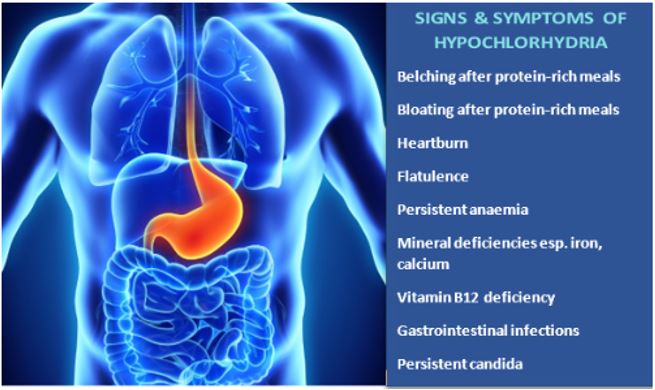

Not being able to pass stool ( constipation) or gas Visible waves of movement across the belly from peristalsis contractionsįeeling food get stuck as it moves through the GI tract Intestinal obstructions can be caused by something inside the GI tract blocking the intestine or by something outside the GI tract pressing on the intestine and causing it to collapse.Ī bowel obstruction causes physical symptoms, including:Ĭramping pain from peristalsis, the contractions that move food through your GI tract During a bowel obstruction, some or all of the food and liquids that move through the digestive tract are unable to move past the blockage. What are the signs of a bowel obstruction?Ī bowel obstruction can happen in the small intestine (small bowel obstruction) or the large intestine (large bowel obstruction). Robert Morreale/Visual Explanations, LLC. Copyright 2004 American Society of Clinical Oncology. A cross-section of the rectum and sigmoid colon shows where waste leaves the body, through the anus. Finally, the sigmoid colon at the bottom takes waste a few more inches, down to the rectum. The transverse colon crosses the top of the abdomen from right to left, leading to the descending colon, which takes waste down the left side. The ascending colon is the beginning the large intestine into which the small intestine empties it begins on the lower right side of the abdomen and then leads up to the transverse colon. This illustration shows the 5 sections of the colon and rectum. The colon absorbs water from the waste and stores waste until the next bowel movement, which removes the waste as stool (feces) from the body. Remaining food that cannot be digested moves from the small intestine to the large intestine. These nutrients include proteins, fats, and carbohydrates. The small intestine digests nutrients from food and liquids and absorbs them into blood vessels. Your digestive tract or GI tract is made up of the esophagus, stomach, small intestine, and large intestine. This helps them find side effects like a bowel obstruction as early as possible. Talk with your health care team about any symptoms you have, including new symptoms or changes. This type of treatment is called palliative care or supportive care. Treatment for side effects is an important part of cancer care. It is important to talk with your health care team if you experience any of the symptoms of a bowel obstruction. A partial obstruction is also a serious problem and needs to be treated right away. It is more common in people with certain kinds of cancer and in people with advanced cancer.Ī complete obstruction is a medical emergency and may require surgery. There are many possible causes of a bowel obstruction.

It can also be called an intestinal obstruction, blocked intestine, or a gastrointestinal (GI) obstruction. A bowel obstruction is when a blockage stops food and liquids from moving through your digestive tract.


 0 kommentar(er)
0 kommentar(er)
